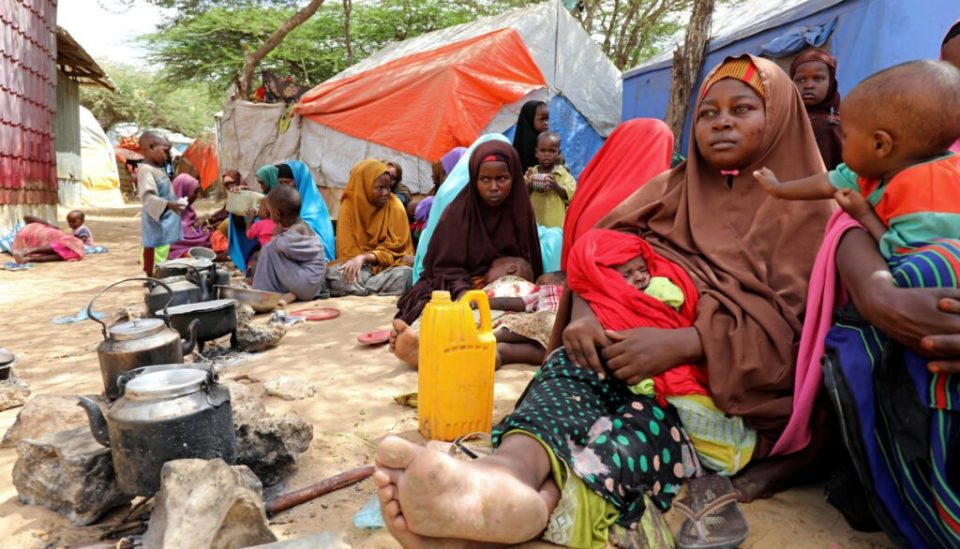The plan outlines 31 commitments by the UN system to better resolve, prevent and address internal displacement, and calls for action from countries, international financial institutions, the private sector, and others.
“Let me be clear: the duty to end displacement lies first and foremost with governments. However, we all have a responsibility to act,” Mr. Guterres said in a video message.
Nearly 60 million uprooted
The Action Agenda builds on a 2021 report by a high-level panel convened by the Secretary-General to identify concrete recommendations towards solving the internal displacement crisis.
Last year, a record 59.1 million people were displaced within their countries, or four million more than in 2020, the International Organization for Migration (IOM) reported in May, citing the latest Global Report on Internal Displacement (GRID).
Many have been uprooted for years, or even decades, and often multiple times. Others have been forced to flee more recently.
“In just three months, the war in Ukraine drove 13 million people out of their homes and communities, nearly two-thirds of whom remain in Ukraine,” the UN chief said.
Fundamental change needed
The Action Agenda calls for the UN and partners to make fundamental changes to how they work together if real progress is to be achieved. Or, as the UN chief stated in the report “more of the same is not good enough.”
The three key objectives are to help internally displaced persons (IDPs) find durable solutions, to better prevent future displacement crises, and ensure stronger protection and assistance for those currently facing displacement.
Some of the UN’s commitments include stepping up efforts to ensure greater inclusion of IDPs, as well as local community members, in decision-making on solutions.
The UN also will address displacement more systematically under its work on climate change, and will work with national and local authorities to ensure displacement is part of disaster-risk reduction policies and plans.
Ease the suffering
The three goals are interlinked, as explained in the report. No solution is sustainable if another crisis is looming. No assistance will be sufficient if underlying drivers remain unresolved, and prevention cannot succeed if past crises have not been addressed.
“The plight of internally displaced persons is more than a humanitarian issue,” said the Secretary-General. “It takes an integrated approach – combining development, peacebuilding, human rights, climate action and disaster risk reduction efforts.”
He urged partners to support the UN in driving forward change, saying “together, we can ease human suffering and deliver a better future for internally displaced persons around the world.”
© UN News (2022) — All Rights Reserved Original source: UN News

